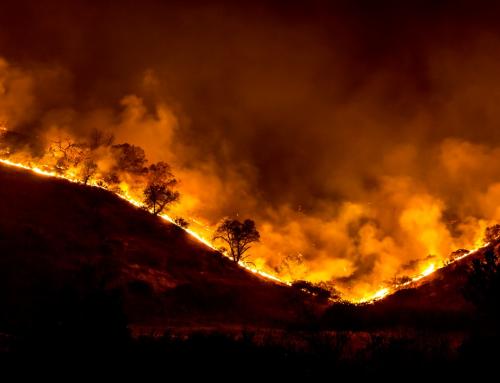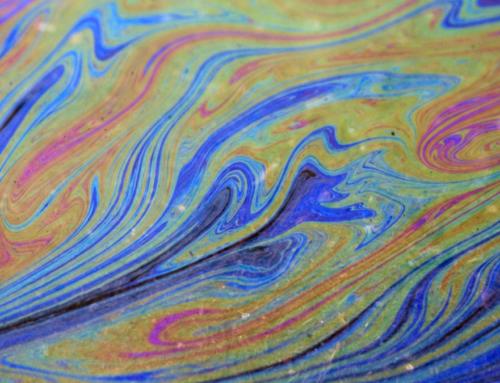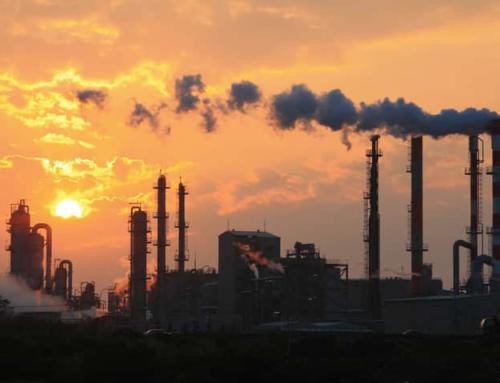According to the Trump Administration, the air and water in the United States is “right now at a record clean.” The 2017 energy-related emissions fell 0.9 percent… compared with a year earlier, and were 14 percent below 2005 levels.” State and federal regulations and an increased use of natural gas (which emits less carbon dioxide than coal burning) have contributed to this recent dip in overall energy-related emissions. Emissions levels prior to the 1980s, however, were much lower than they are now.
Indicators in other areas show worsening conditions. Although the Clean Air Act regulations are still in place, and the CAA has improved overall air quality in many regions since it was enacted in 1970, smog conditions in multiple cities in the United States have worsened between 2014 and 2016. In an American Lung Association report from 2018, “The State of the Air,” it was found that about 40% of U.S. residents live “in counties with unhealthy levels of ozone or particle pollution.” Though Trump seemed to want to distinguish air quality and climate change issues in his statements, anthropogenic climate change and increased overall average temperatures can worsen air quality, especially in cities. Ozone pollution in particular “is expected to be exacerbated by warming temperatures.”







Leave A Comment
You must be logged in to post a comment.